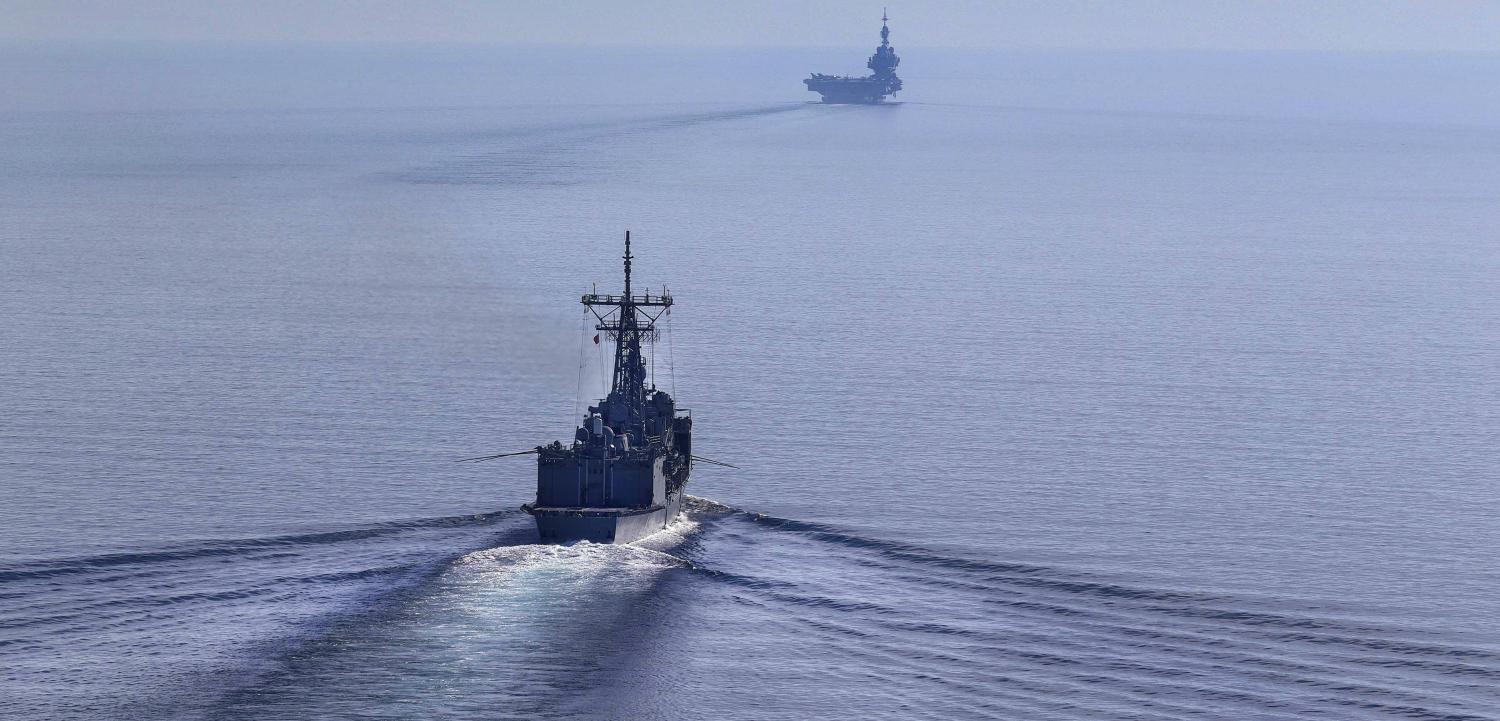The 2016 Defence White Paper is the first Australian White Paper that gives France its due weight as a strategic partner, particularly in the South Pacific where it has a sovereign presence.
There are several references to France in the White Paper with a Pacific emphasis. The first lists France along with the US, New Zealand and Japan as partners with Australia as leaders of our immediate Pacific neighbourhood, with a separate reference to its role, along with the US and NZ, in cooperation in South Pacific maritime security and disaster relief.
Elsewhere the Paper ranks France as one of our important global partners, highlighting collaboration on terrorism and piracy, and referring to cooperation in the South Pacific and Southern Oceans (where France, like us, claims a stake in Antarctica). There are two other non-Pacific references. One to its current bid to supply Australia with submarines and another in its role as one of the five permanent Security Council members and the plan of action on Iran's nuclear program.
Since the White Paper rates a secure maritime Southeast Asia and South Pacific as our second strategic defence interest (after the overall security and resilience of Australia), the fact the Paper identifies France as a South Pacific partner is important. Interestingly there is no mention of cooperation in the Indian Ocean, where France is also sovereign in Reunion and Mayotte.
Although France retains modest military resources in the South Pacific (around 2500 personnel, two surveillance frigates, three patrol boats, four surveillance, four tactical transport aircraft, and six helicopters), it has the capacity to draw speedily on other military assets from metropolitan France. While the nature of its future status in New Caledonia is currently under discussion, France retains military assets in French Polynesia which s the headquarters of its Pacific Ocean fleet. [fold]
It's no accident that this belated acknowledgement of France's role comes in the context of the Paper's strategic preoccupation with China. As the nature of the roles of the key strategic players in our region changes, so does our need to identify and use the partnerships we already have. I have argued elsewhere that France, like Australia, confronts change in its regional environment in the South Pacific. Specifically, this change stems from the marked increase in China's regional presence, an increase in the number and range of international players in the region, and from shifting regional patterns in dealing with these players. This means that France, like Australia, is increasingly only one of many actors pursuing its interests in the Pacific, albeit, again like Australia, a special player given its sovereign regional presence.
The French have been ahead of us in articulating our shared strategic interests. They referred to a strategic partnership with Australia in their 2013 strategic white paper, while our Defence White Paper that year did not even mention France. Also, in 2014, the French produced an elegant statement of their interests in the Asia-Pacific.
Commercial benefit has increasingly featured in France's idea of strategic partnerships. In late February 2016, a visit by French Defence Minister, Jean-Yves Le Drian, to Australia was styled as 'seeking enhanced strategic partnership with Australia'. The trip focused on his tour of the Adelaide shipyards and the French bid for the submarine contract. Similarly, in his recent Press club speech, the French Ambassador to Australia referred frequently to the bid.
French defence commercial interests in Australia are considerable. Between 2003 and 2012 France sold armaments worth around $1.93 billion to Australia. Major French defence companies in Australia include Thales, which took over Australian Defence Industries in 2006, Dassault and EADS. That, plus the fact that Australian merchandise imports from France ($4.6 billion in 2014-2015) are worth four times more than our exports, means we are already a pretty good market for France.
In 2012 France and Australia agreed to a fairly vague Joint Statement of Strategic Partnership, which included the Pacific, not only in the area of defence but also in political, security, economic and development fields.
French and Australian military and emergency services have long worked with other South Pacific countries, specifically New Zealand in the FRANZ arrangement; the US and New Zealand in the Quadrilateral Defence Coordination Group; conducted joint armed forces exercises with some Melanesian countries; and naval visits to the French territories. A Bilateral Status of Forces agreement was signed with France in 2006. But negotiations since have been slow for a related Mutual Logistics Support Arrangement that would formalise existing support from New Caledonia, perhaps because pro-independence forces find it premature pending an independence referendum.
The underlying premise of our 2016 Defence White Paper, finding new partnerships and strengthening existing ones in the context of the rise of China, suggests a need for deeper Franco-Australian defence cooperation beyond the existing elements. Whereas we are used to working with the US and the UK, perhaps we need to work harder to collaborate with the French.
Photo: HMAS Darwin with the French Carrier Strike Group FNS Charles de Gaulle, Australian Defence Image Library
